The vast array of document copying methods and machines is a testament to human ingenuity. I am constantly learning about different contraptions. One such item is documented in the papers of the industrial designer, Raymond Loewy.
First invented and made in London in 1879, the Gestetner Automatic Cyclostyle Mimeograph made it easy to create multiple typed or written document copies. By 1902, improvements in the device made it possible to produce 1,200 copies in an hour, according to advertisements. The cabinet and machine housing were re-designed by Raymond Loewy in 1929, and this model was known as the Gestetner Model 66 Duplicator. Loewy successfully streamlined and improved the safety of the equipment by adding a cabinet base and physical housing. Hagley has a printed image of the original design and a photograph of the improved version in the Raymond Loewy collection. This was the first commercial, industrial design project for Raymond Loewy, and his improved version continued in production beyond World War II.
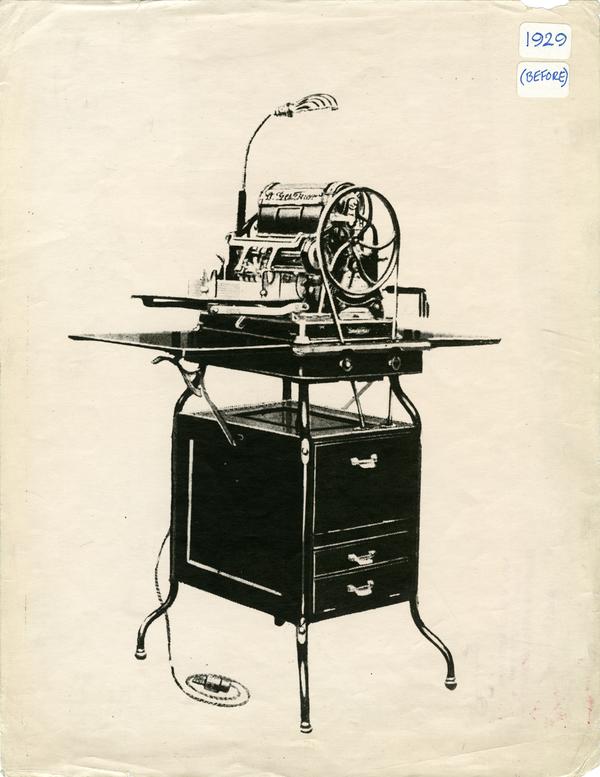
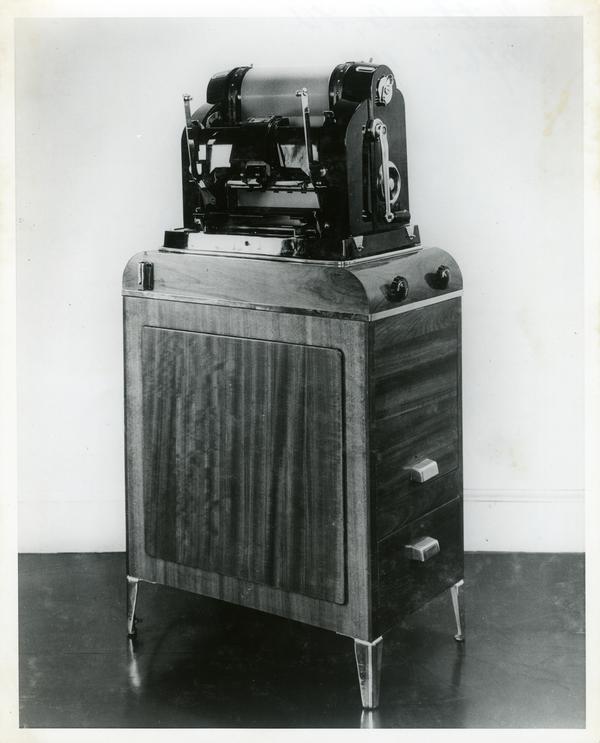
The duplicator could be used to make numerous copies via a roller that pressed ink through a handmade stencil. The stencil was a wax-coated sheet of thin paper. When written upon with a stylus, the wax was removed, making the sheet penetrable by ink. After attaching the stencil to the duplicator, ink was transferred from cloth-covered rollers that were saturated with ink. There are other variations of this stencil process, including one invented by Thomas Edison and sold by the AB Dick company in 1887 as the Edison Mimeograph.
Although it could only output one copy at a time, the Gestetner was efficient because it had clips to hold the stencil in place, and the apparatus automatically flipped up and opened for retrieval of the copy after inking. Each stencil supposedly lasted through 2,000 printings.
The stylus, called the Neo Cyclostyle Pen, was the implement used to “write” letters onto the stencil. It held a tiny roller with points to perforate lines to permit ink through. Therefore, the stencil was a series of perforations rather than a fully cut-out shape. If an error was found in the stencil, it could be “erased” by filling the perforations with a wax that was sold for this purpose. This perforated stencil method is similar to that historically used for pouncing chalk to transfer a cartoon design for wall paintings.
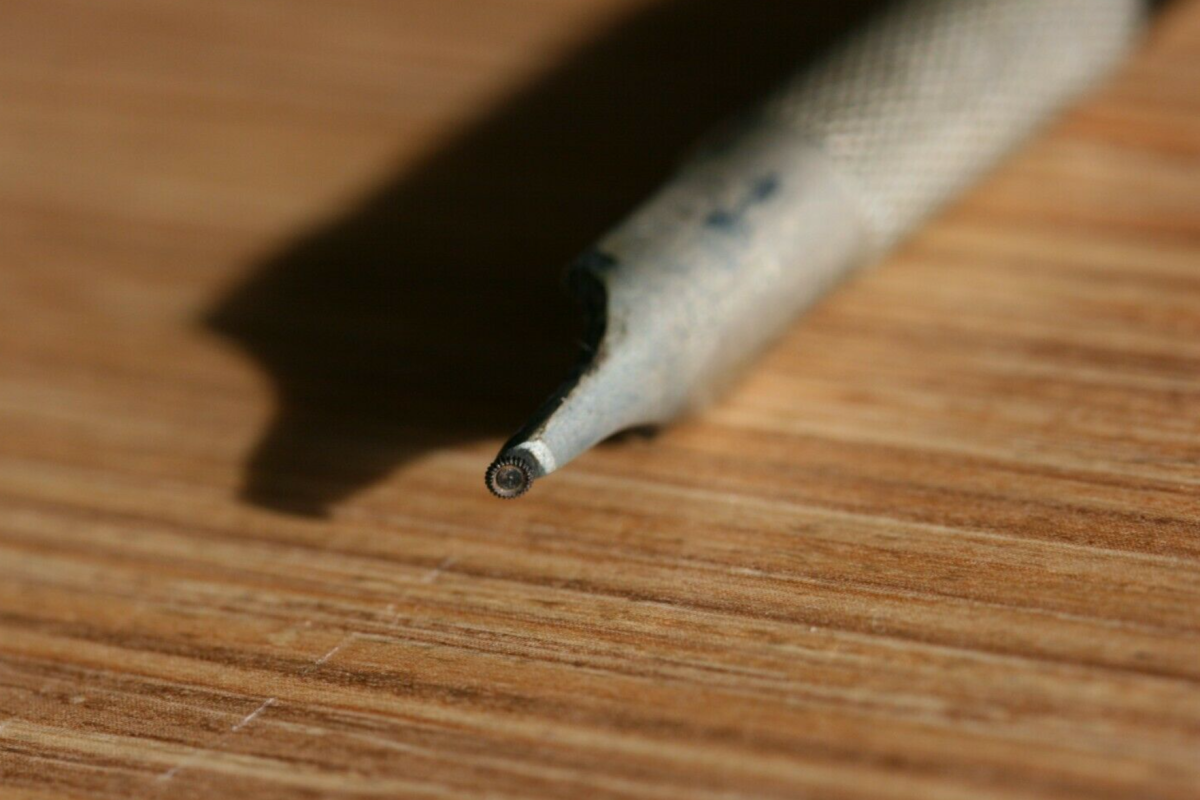
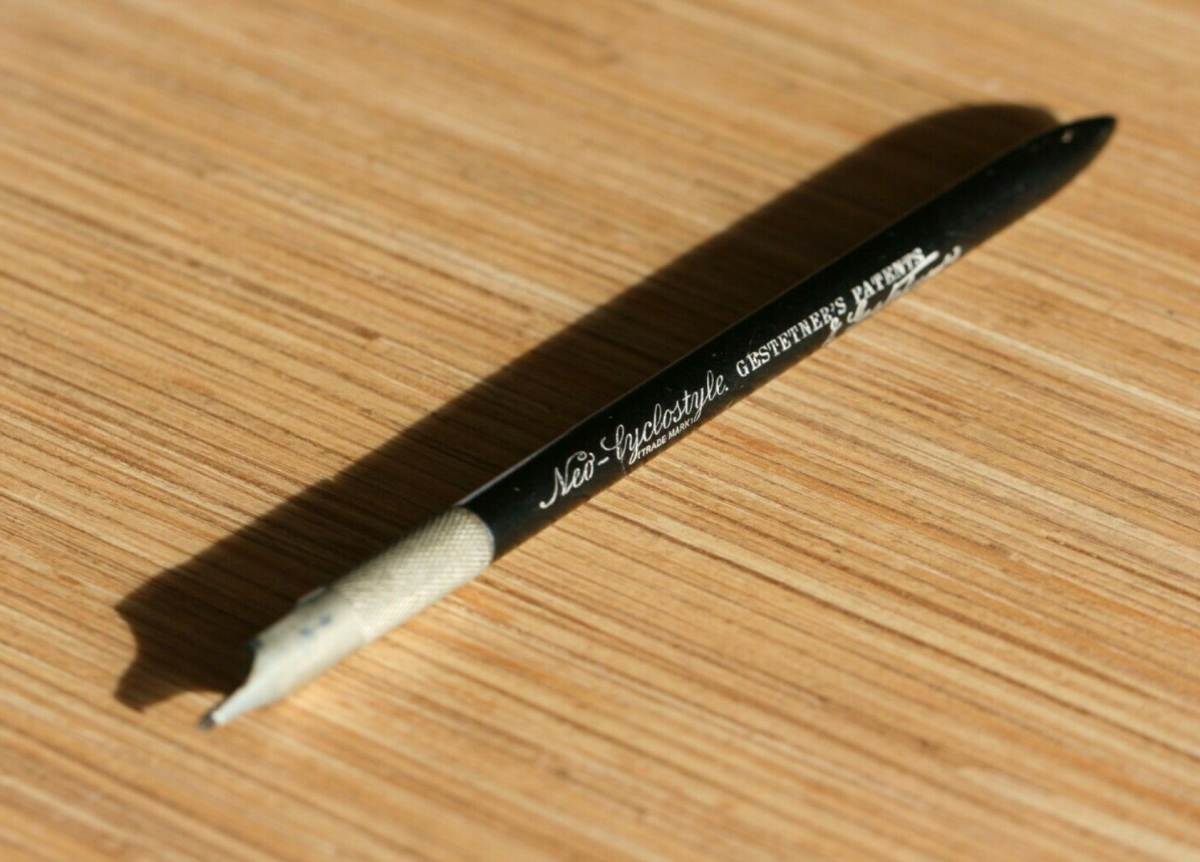
Patterns for easily tracing images and border designs onto the stencil were available with themes for holidays, religious institutions, businesses, or clubs. These were like “clip art” kits.
A characteristic of the printing seems to be the vertical smearing of the inked letters (directional with the motion of the rollers). These types of copies were convenient, rather than for fine quality printing, and are likely to be printed on poor quality paper. A search of the Loewy papers may yet unearth an example of this duplication process.
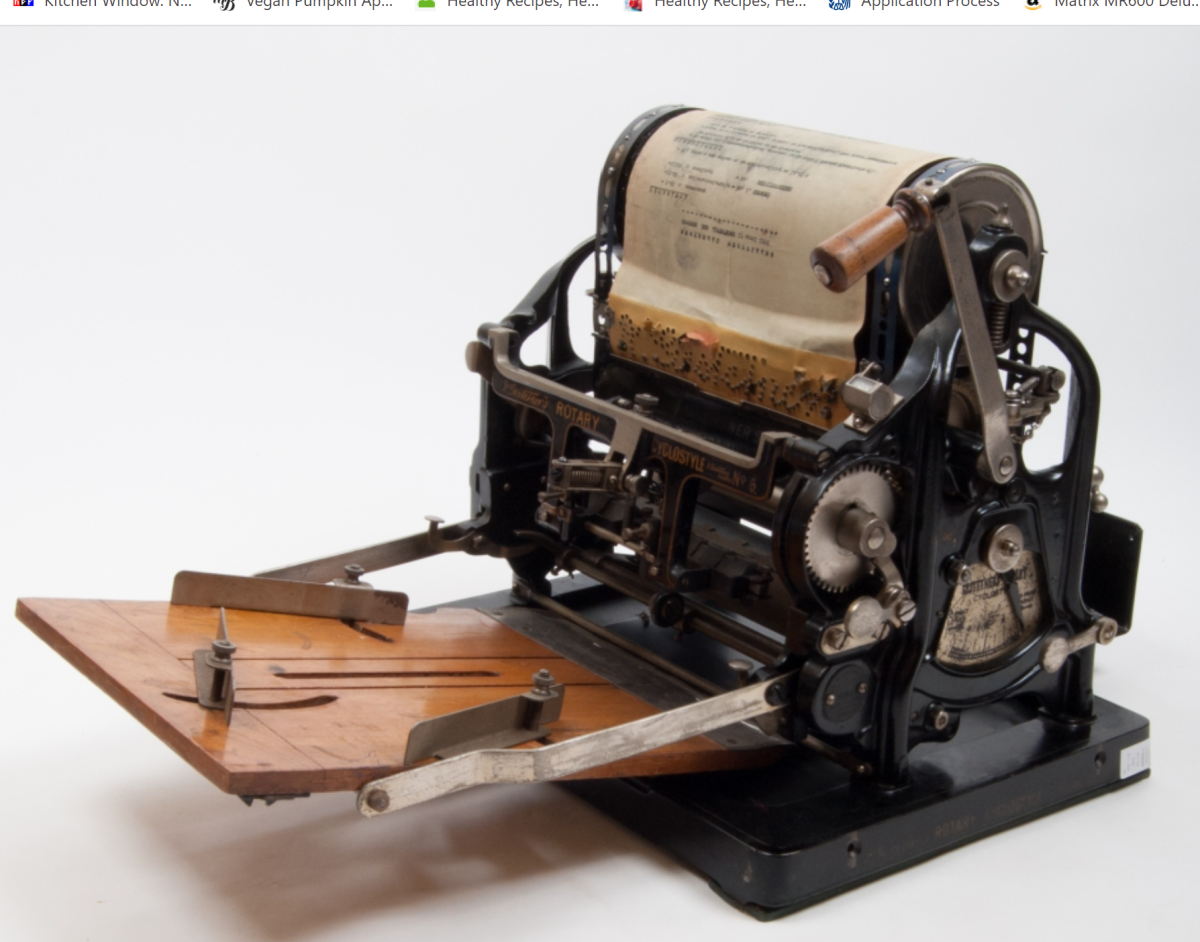
Laura Wahl is the Library Conservator at Hagley Museum and Library.
